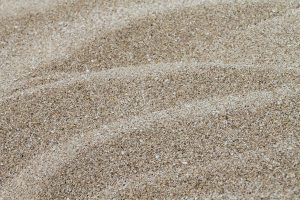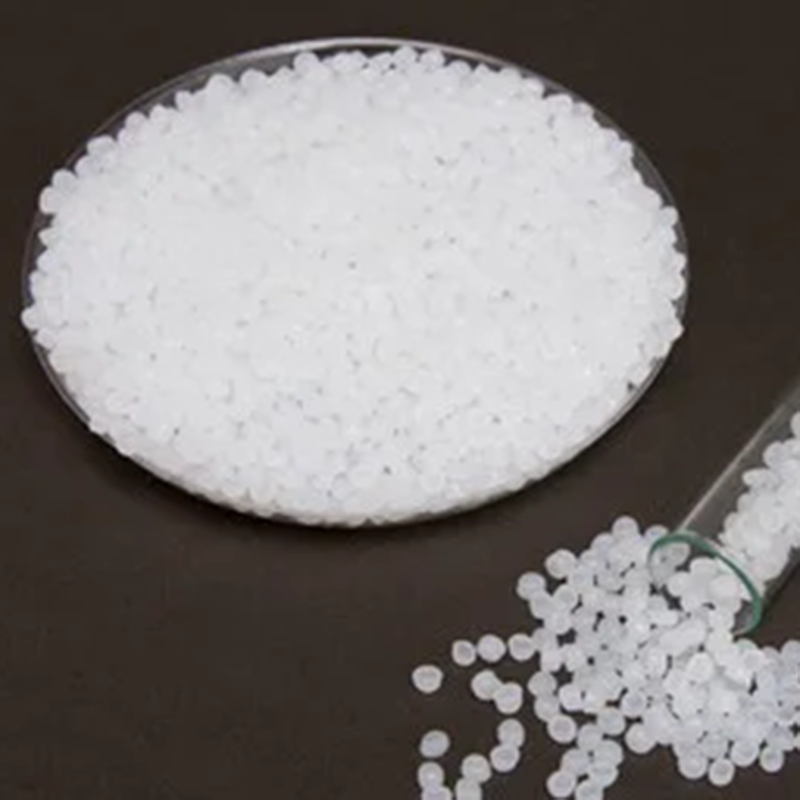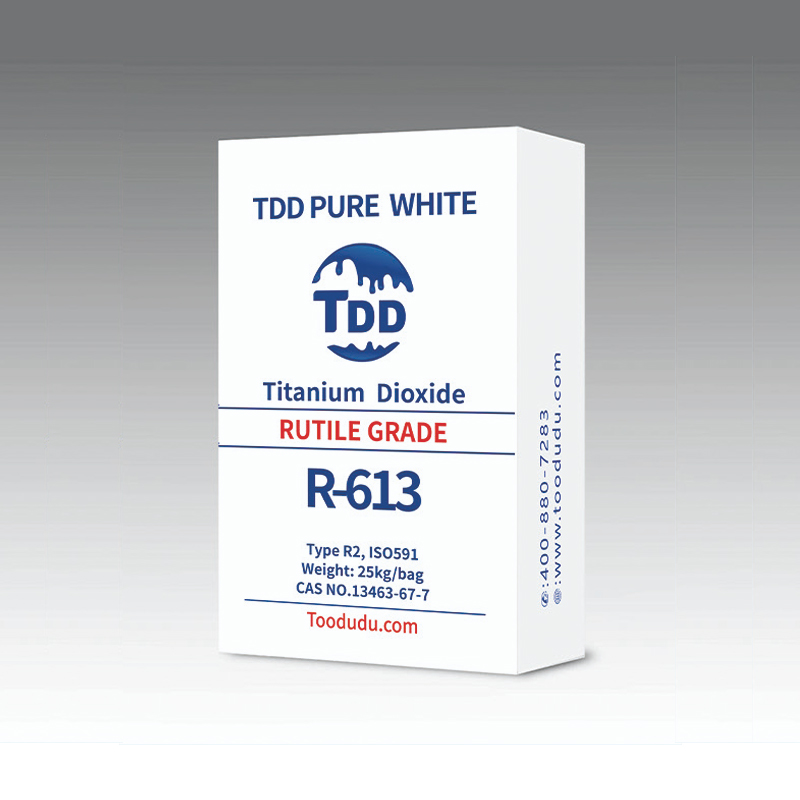River sand is a non-metallic ore produced by repeated collision and friction of natural stone under the force of water for a long time in its natural state . Its composition is relatively complex, the surface has a certain smoothness, and it is a non-metallic ore with high impurity content . River sand has smooth particles, is relatively clean, and comes from a wide range of sources; river sand has no taste, while sea sand has a salty taste.

type #
River sand is currently divided into: river sand 4-8 mesh, river sand 8-16 mesh, river sand 10-20 mesh, river sand 20-40 mesh, river sand 40-70 mesh, river sand 70-100 mesh.
contribute #
River sand has made outstanding contributions to the construction industry.
But sea sand is the opposite. Sea sand is often mixed with shells and salt. Most sea sand contains excessive chloride ions , which will corrode the steel bars in reinforced concrete , eventually leading to the destruction of the building structure and shortening the safe use of the building to a certain extent. life.
use #
After drying and screening, river sand can be widely used in various dry mortars ; for example, thermal insulation mortar , bonding mortar and plastering mortar use washed, dried and graded river sand as the main aggregate. The strength is similar to mortar made of quartz sand . Therefore, river sand generally plays an irreplaceable role in construction and decoration!
reduce #
On August 19, 2019, a recent comment published in the British magazine Nature stated that the rate of sand and gravel extraction has exceeded the rate of natural recovery.
It is reported that sand and gravel are already the most mined raw materials. About 32 billion tons to 50 billion tons of sand are used around the world every year, mainly used to make cement, glass and electronic products. Although deserts make up 20% of the Earth’s land surface , their sand is too smooth to be used. The vast majority of angular sand suitable for industrial use comes from rivers – which occupy less than 1% of the earth’s surface.

 2024-03-10
2024-03-10 



